Archives
- 2025-12
- 2025-11
- 2025-10
- 2025-09
- 2025-03
- 2025-02
- 2025-01
- 2024-12
- 2024-11
- 2024-10
- 2024-09
- 2024-08
- 2024-07
- 2024-06
- 2024-05
- 2024-04
- 2024-03
- 2024-02
- 2024-01
- 2023-12
- 2023-11
- 2023-10
- 2023-09
- 2023-08
- 2023-06
- 2023-05
- 2023-04
- 2023-03
- 2023-02
- 2023-01
- 2022-12
- 2022-11
- 2022-10
- 2022-09
- 2022-08
- 2022-07
- 2022-06
- 2022-05
- 2022-04
- 2022-03
- 2022-02
- 2022-01
- 2021-12
- 2021-11
- 2021-10
- 2021-09
- 2021-08
- 2021-07
- 2021-06
- 2021-05
- 2021-04
- 2021-03
- 2021-02
- 2021-01
- 2020-12
- 2020-11
- 2020-10
- 2020-09
- 2020-08
- 2020-07
- 2020-06
- 2020-05
- 2020-04
- 2020-03
- 2020-02
- 2020-01
- 2019-12
- 2019-11
- 2019-10
- 2019-09
- 2019-08
- 2019-07
- 2019-06
- 2019-05
- 2019-04
- 2018-11
- 2018-10
- 2018-07
-
Diabetic retinopathy is a chronic
2020-02-24
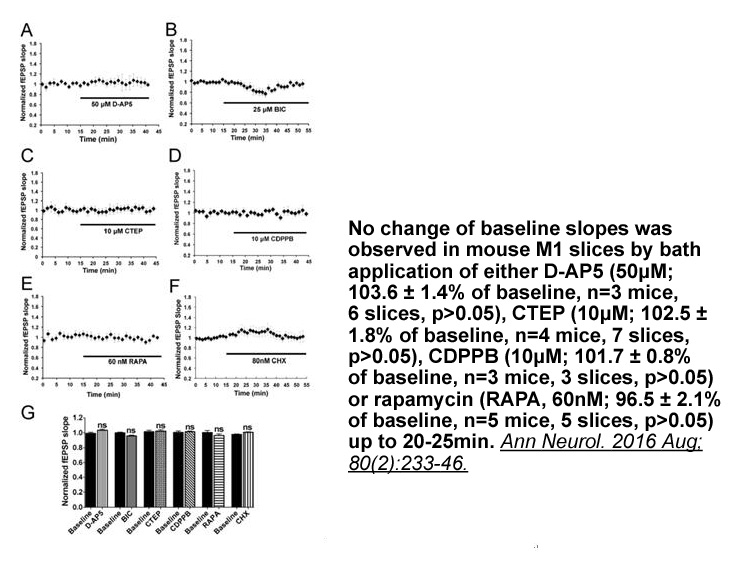
Diabetic retinopathy is a chronic inflammatory disease. Local inflammation plays a pivotal role in the pathological development and progression of this disease [24]. In addition to TNF-α, several other cytokines, chemokines, and other factors such as IL-1β, IL-6, and C-reactive protein have been in
-
Studies of Jelski and Szmitkowski show that differences of
2020-02-24
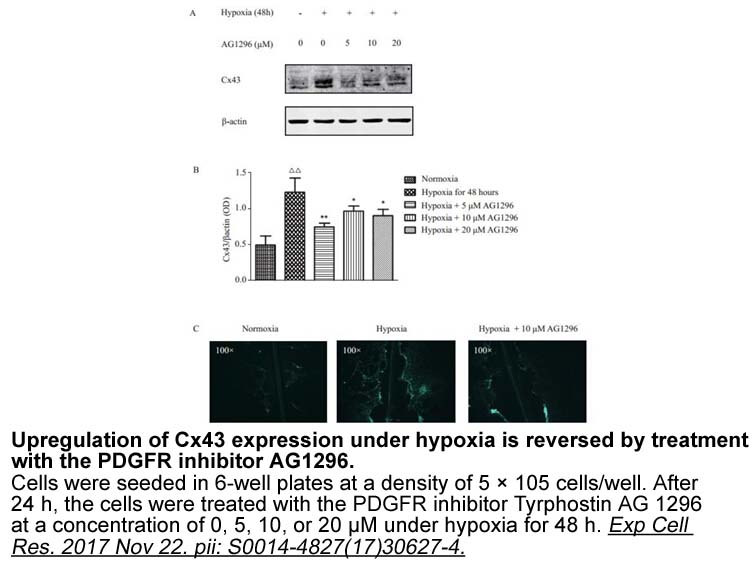
Studies of Jelski and Szmitkowski show that differences of alcohol dehydrogenase (ADH) and aldehyde dehydrogenase (ALDH) activity between learning pathways of many cancers and healthy tissue may be one of the factors intensifying carcinogenesis [7]. Moreover, changes of ADH and ALDH activity in can
-
Flavonoids are most common and widely distributed group of n
2020-02-24
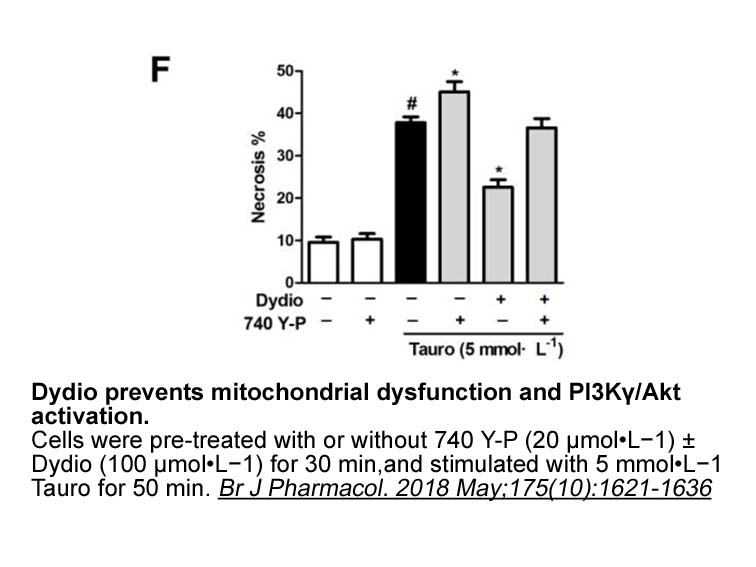
Flavonoids are most common and widely distributed group of natural phenolic compounds synthesized by plants that have varied effects on mammalian cell systems (Kumar and Pandey, 2013). Several studies demonstrate that flavonoids might be potent inhibitors of several protein kinases involved in vario
-
Another enzyme class that has emerged
2020-02-24
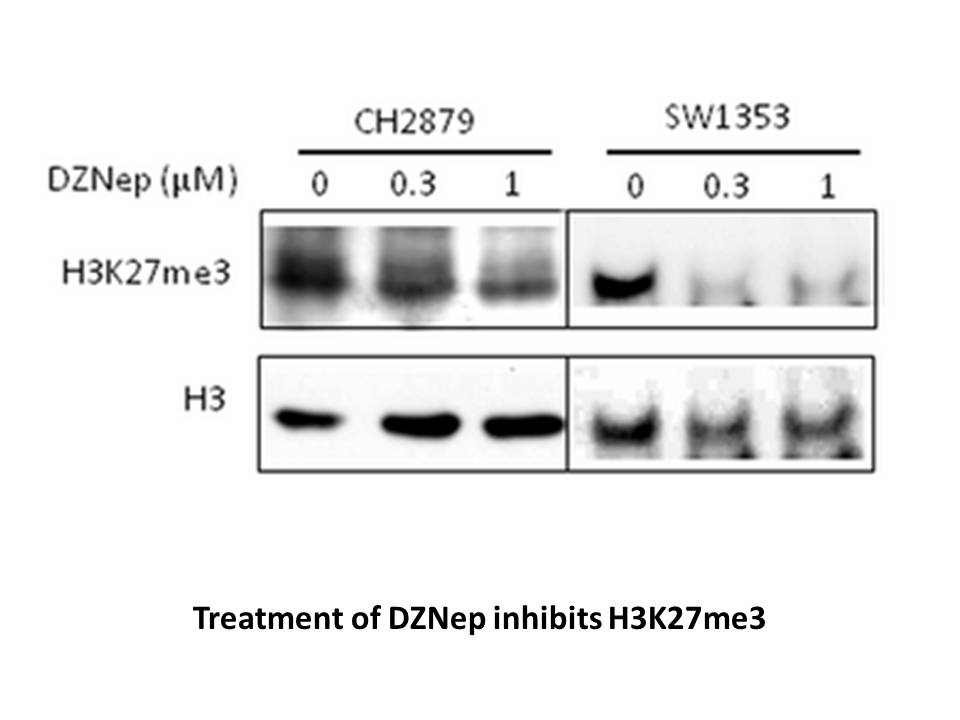
Another enzyme class that has emerged as a potential alternative to P450s are the so-called ‘unspecific peroxygenases’ (UPOs). They also contain a heme but are extracellularly expressed fungal enzymes that are often more stable than P450 monooxygenases. Importantly, UPOs use H2O2 instead of O2 as th
-
Our results also showed that
2020-02-24
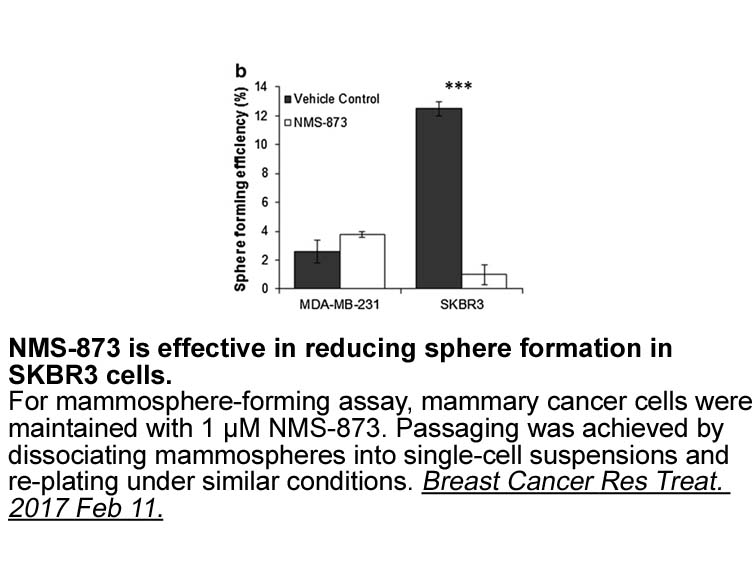
Our results also showed that the highest dose of Astressin2-B increased the rewarding effects of cocaine, since non-defeated animals treated with this dose developed CPP with a sub-threshold dose. We monitored the acute effects of 30 µg/kg of Astressin2-B and found an increase of anxiety in the open
-
br Results br Discussion The nitric oxide cyclic
2020-02-24

Results Discussion The nitric oxide-cyclic guanosine monophosphate pathway plays an important role in normal EF, and oral PDE-5Is were developed in the late 90s after the discovery that ED occurs when there is a problem with this pathway. Since then, several PDF-5Is with different pharmacokine
-
br Introduction Maintaining the normal function of
2020-02-24
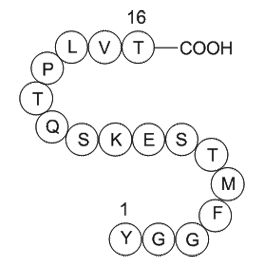
Introduction Maintaining the normal function of fetal trophoblasts is essential for a successful pregnancy. Preeclampsia (PE), a pregnancy-specific disorder, is often associated with excessive trophoblast cell apoptosis and superficial trophoblast invasion leading to insufficient spiral artery re
-
Several studies have shown that
2020-02-24
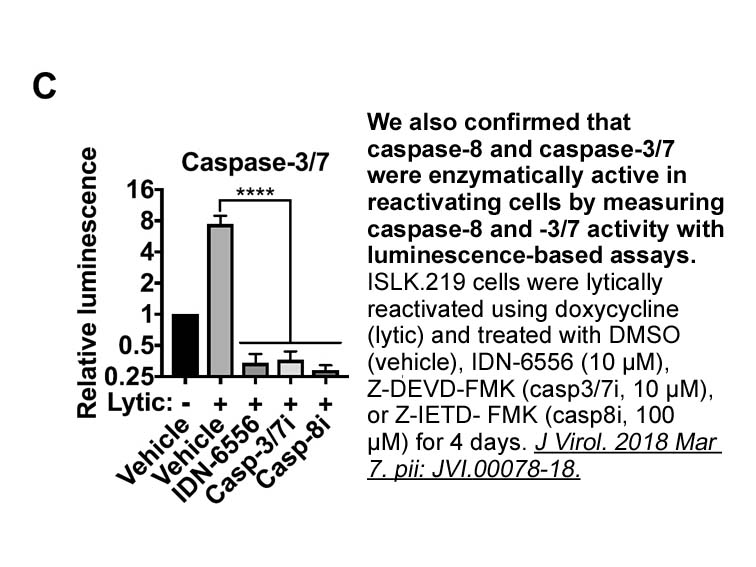
Several studies have shown that, independently of body-weight control, the central actions of leptin improve glycemic control in obese diabetic rat and mouse models [62]. For instance, restoration of OB-Rb expression in OB-Rb-deficient mice, and in particular in POMC neurons, was sufficient to norma
-
PGE exerts its functions by binding to different
2020-02-22
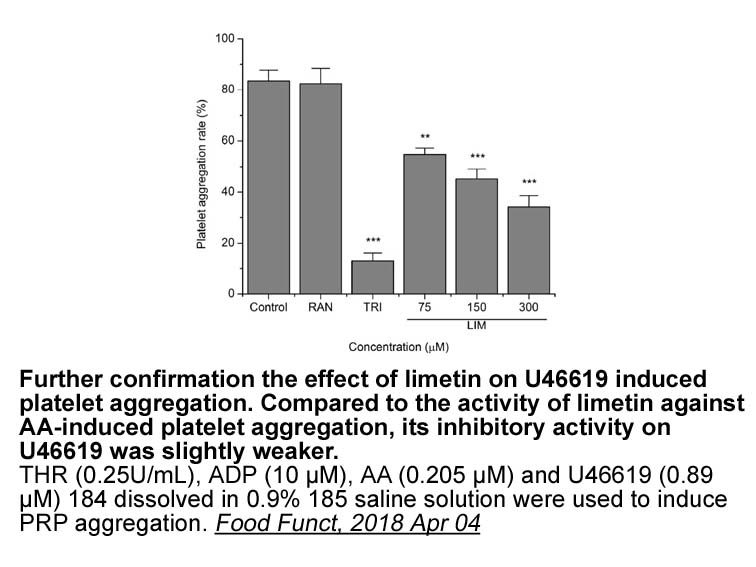
PGE2 exerts its functions by binding to different receptors. Four different subtypes of PGE2 receptors are found in mammals and are designated as EP1-4. These are G-protein coupled receptors that belong to a family of seven rhodopsin-like transmembrane spanning receptors. They are structurally diffe
-
The development of C S
2020-02-22
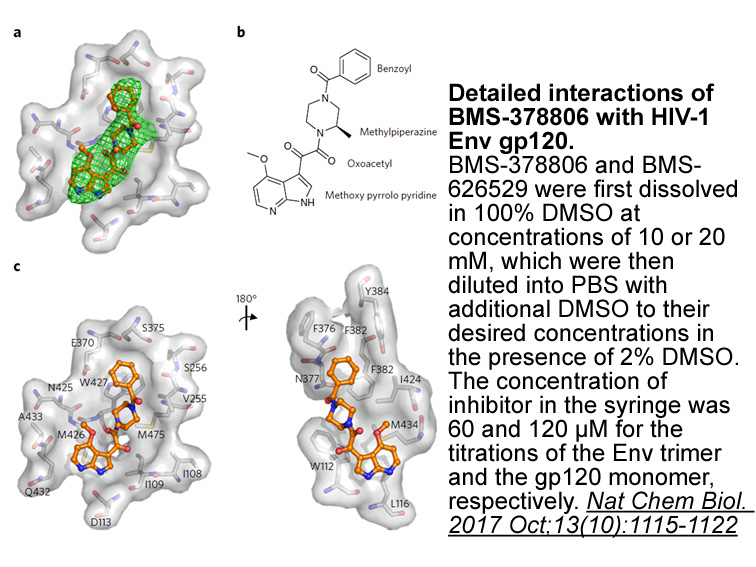
The development of C797S mutation has been reported in vivo in a small cohort (15 subjects) of EGFR T790M positive patients progressing after Osimertinib: this tertiary mutation was found, using a droplet digital PCR (ddPCR) assay, in 40% of patients after AR to this agent, while 33% of the cases ex
-
More unusual modifications also regulate DUBs Recent
2020-02-22
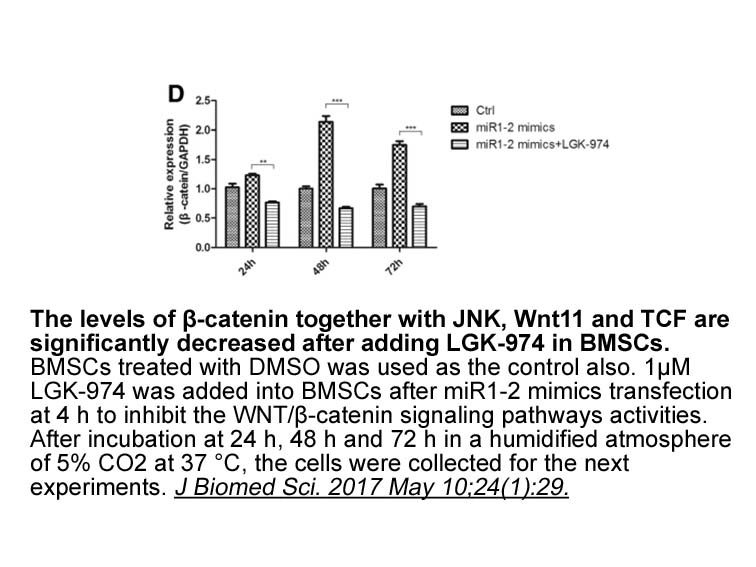
More unusual modifications also regulate DUBs. Recent reports have illustrated how reactive oxygen species (ROS) can regulate DUB activity 87, 88, 89, 90. ROS can serve as potent signaling molecules by reacting with active site cysteines of tyrosine phosphatases and some cysteine peptidases to form
-
br Development of the double
2020-02-22
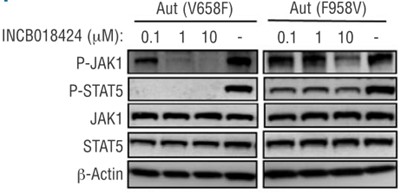
Development of the double strand break repair model for meiotic recombination Meiotic recombination was first described by Frans Alfons Janssens using Probenecid in the salamander Batracoseps attenuatus in 1909 [21] and then further elaborated at the genetic level in Drosophila by Thomas H. Morg
-
br Inhibition of DHODH The final products a
2020-02-22
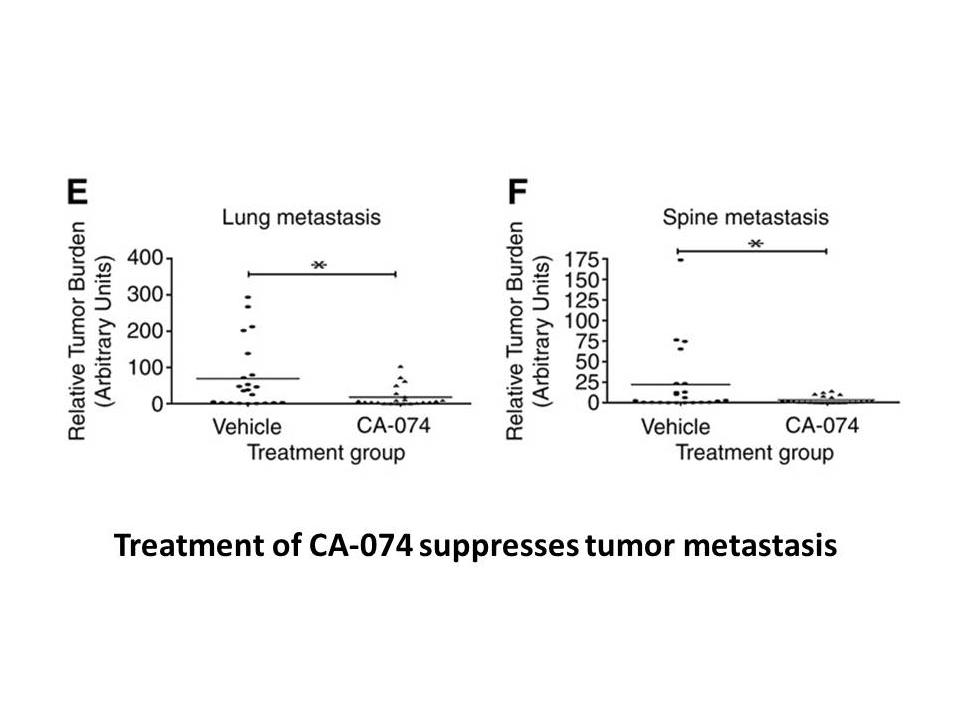
Inhibition of DHODH The final products 7a–n were assessed for their DHODH inhibitory activity on rat liver mitochondrial/microsomal membranes. A procedure adapted from the literature was employed (see Experimental), in which oxidation of DHO to ORO is monitored by following the concomitant reduct
-
br Conclusions br Conflict of interest br
2020-02-22
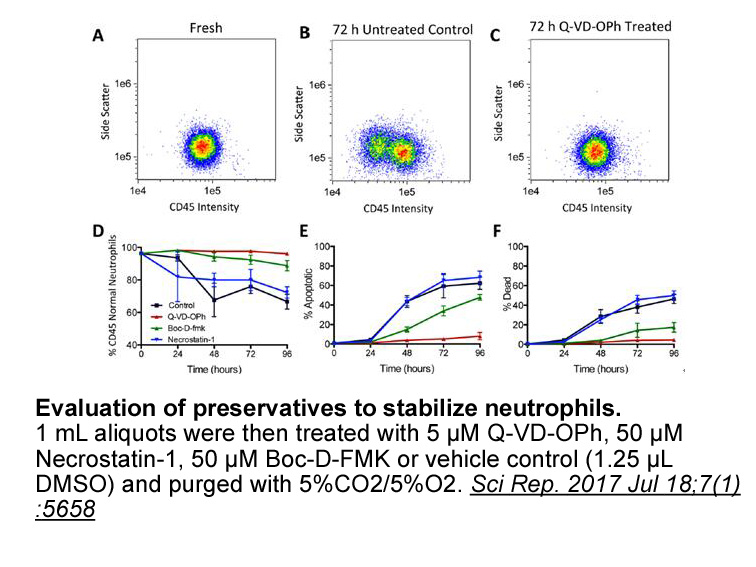
Conclusions Conflict of interest Financial disclosure Introduction In prokaryotes, six distinct autotrophic CO2 fixation pathways have been identified so far. Of these pathways, 3-hydroxypropionate/4-hydroxybutyrate (3-HP/4-HB) cycle is one of the recently discovered pathways [1]. The 3-
-
Kluveromyces lactisSimilar to S cerevisiae K lactis is
2020-02-22
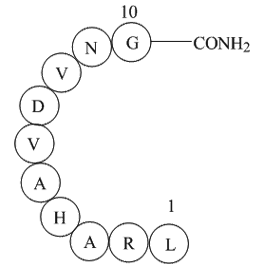
Kluveromyces lactisSimilar to S. cerevisiae, K. lactis is a facultative anaerobic respiratory yeast, which lacks Complex I in its mitochondrial respiratory chain. However, both yeasts differ regarding their respiratory-fermentative metabolism as K. lactis exhibits a greater use of the pentose phosph
15780 records 863/1052 page Previous Next First page 上5页 861862863864865 下5页 Last page